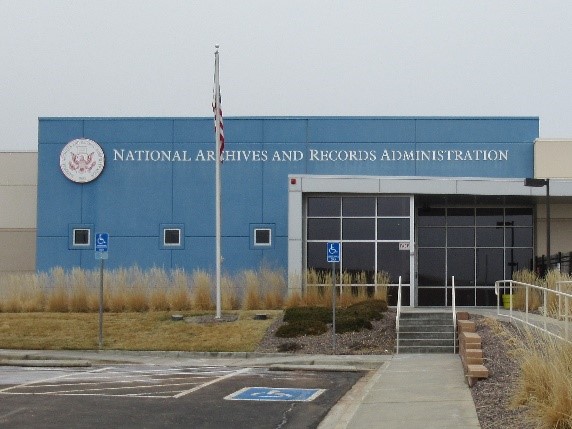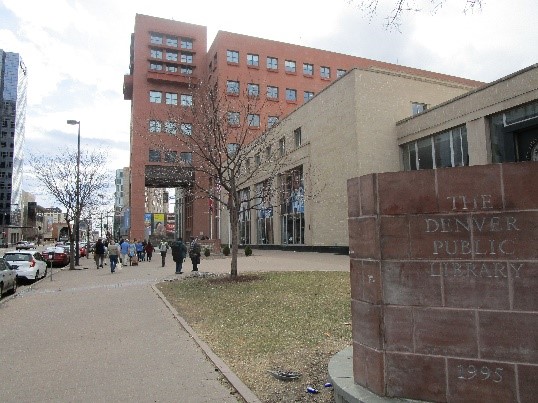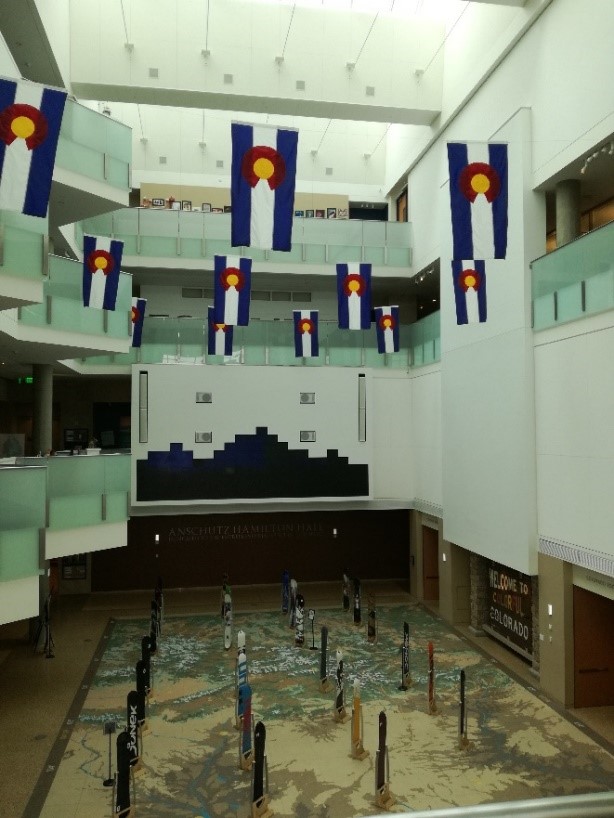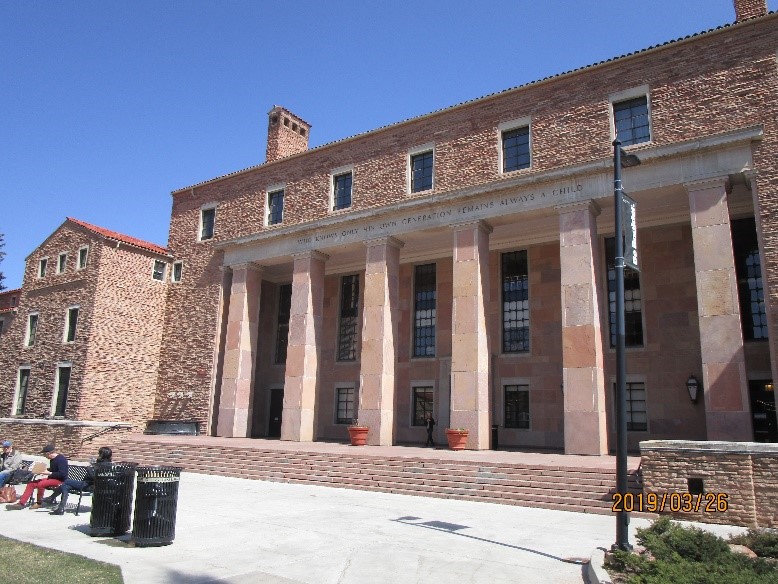JACAR Newsletter
JACAR Newsletter Number 30
December 19, 2019
Information on Related Document Holdings
Japan-Related Materials Held in Denver
1.The National Archives at Denver, Colorado[Website]
In addition to its headquarters facility in Washington, D.C., the U.S. National Archives and Records Administration also operates around the country various research facilities, Federal Records Centers, and Presidential Libraries. The National Archives at Denver, Colorado, maintains a collection of the public documents created at the federal bureaus and courts for the Rocky Mountain region, covering the states of Colorado, Montana, New Mexico, North Dakota, South Dakota, Utah, and Wyoming. The holdings in Denver include some materials related to Japan that date to the period of World War 2. Among these materials are such items as documents related to the Topaz (Utah) and Heart Mountain (Wyoming) internment camps in which Americans of Japanese ancestry were forceably confined during the war years, and documents concerning ionospheric soundings made in wartime that are believed to have been collected by a scientist who was attached to the U.S. Occupation forces in postwar Japan. Materials in the National Archive's collection can be via the online catalogue at the Archive's website online catalog. Using the advanced search screen, select Denver as the location to search only among the materials held at this site.
2.Denver Public Library[Website]
Founded in 1889, the Denver Public Library is made up of a Central Library, the Blair-Caldwell African American Research Library, and 24 branch libraries. Much used by local residents, the Library's collection goes beyond books to also include a variety of history resources related to the region. The U.S. is a society with many immigrants, and so resources connected to Japanese-Americans are regarded as just another local history resource. The resources held by the Western History/Genealogy department at the Central Library include (1) copies of the Rocky Mountain Jiho newspaper founded in 1962 for a Japanese-American readership; (2) the personal library of Japanese-American journalist Bill Hosokawa (1915–2007); and (3) the diaries kept during World War 2 by a Japanese-American Denver woman who, among other things, was a relative of Imperial Japanese Navy Admiral Ōsumi Mineo. The resources in the Library’s collection can be searched via the online catalogue at the Library's website. Primary source materials can be searched for by selecting“Manuscript”as the format.
3.The State of Japan-Related Resources in Collections Around Denver, Colorado[Website]
Opened in 2012, the History Colorado Center administers and exhibits historical materials related to the State of Colorado and offers a variety of educational programs for everyone from adults to children. In addition to exhibition spaces on its 1st through 4th floors, on its 2nd floor the facility is home to the Hart Research Library where patrons can request and view the Center's historical materials. Furthermore, the Center also has an online collection through which patrons can view digitzed copies of a portion of that collection.
The Colorado town of Granada from 1942 to 1945 was the site of the Granada Relocation Center—better known as Camp Amache—which incarcerated more than 7,000 Japanese-Americans and Japanese in the U.S. Owing to this history, the History Colorado Center also has in its collection a large number of items related to Japanese-Americans and to Japan. These materials together comprise the Center's Japanese-American and Japan Collection. The Center itself also has an actual reproduction of a room from the internment camp and through its an online exhibition about Camp Amache.
Among the materials that we came across in our recent visit were the Granada Pioneer, a English-language newspaper produced at Camp Amache that also included several pages of text in Japanese; sabers; pistols; photo albums; dishware; and clothing. One particularly memorable item was a black wedding dress that had been donated by a Japanese-American. In all cases, the precious materials in this collection allow us to better know the history of Japanese and Japanese-Americans in the state of Colorado.
4.Norlin Library, University of Colorado Boulder[Website]
The Norlin Library at the University of Colorado Boulder is the largest such repository on that university's campus. The Library’s Special Collections, Archives and Preservation (SCAP) Department administers rare printed materials, photographs, audio materials, videos, and the like in support of education and research at the university. Anyone can use the SCAP Reading Room and request materials.
The Norlin Library has been engaged in a project intended to archive materials related to the U.S. Navy Japanese Language School and its successor the Oriental Language School that were located on the grounds of the university from 1942 to 1946 (the name change came in 1944). Japanese readers can read a history of the schools and view a timeline at a website created Waseda University Professor Wada Atsuhiko, In English, the Archival Project's archivist and director David Hays summarized the School's history for a Japanese-American publication.
The amount of materials collected under the Project’s auspices is enormous. The majority of those materials are of a more personal sort in that they are related to graduates of the school, families of those graduates, and the school's instructors (commonly referred to by their students using the Japanese word for addressing a teacher, sensei). These materials have organized by the Project's archivist into more than 100 collections. The Project also regularly publishes a newsletter—The Interpreter—that provides information about the School’s graduates and instructors among other matters.
Among the School's graduates were two men who went on to achieve prominence as scholars of Japanese literature, Edward Seidensticker and Donald Keene, and the Project has materials related to both. In our recent examination of the Seidensticker collection, we discovered an ample assortment of materials including such items as Japanese vocabulary notebooks and diaries written in English.





